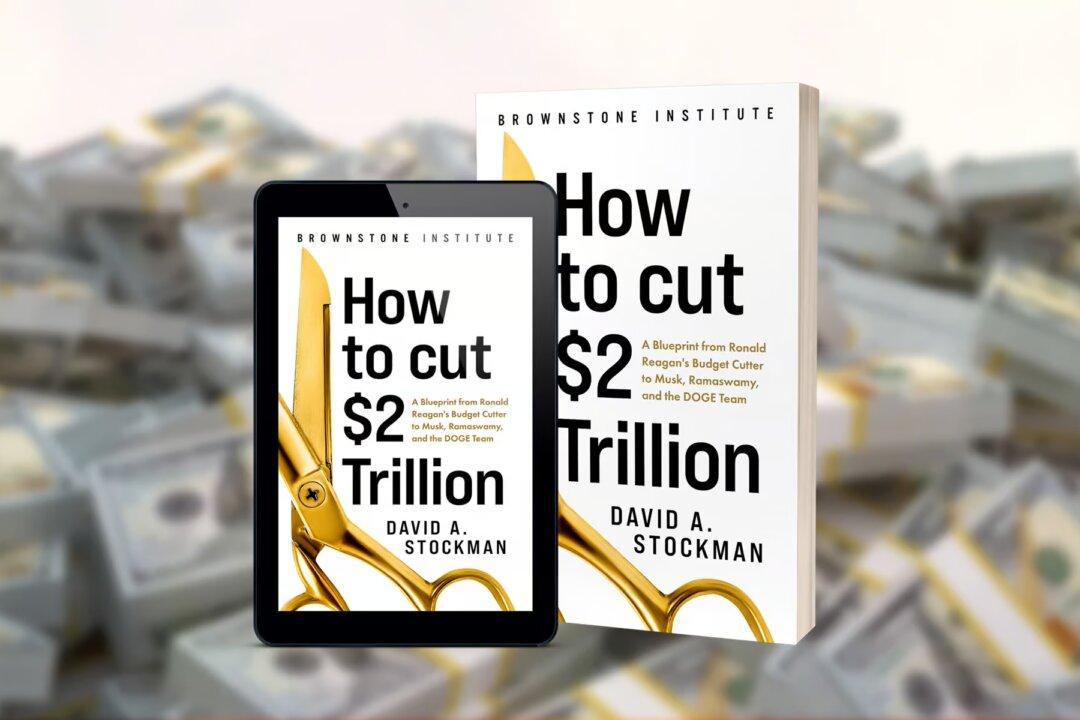Commentary
A goal of $2 trillion of budget savings is crucial to the very future of constitutional democracy and capitalist prosperity in America. In fact, the soaring public debt is now so out of control that the federal budget threatens to become a self-fueling financial doomsday machine. So more power to the Department of Government Efficiency (DOGE) of Elon Musk and Vivek Ramaswamy. In spades!





